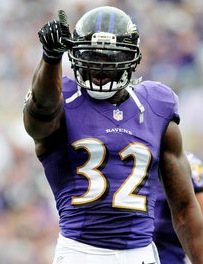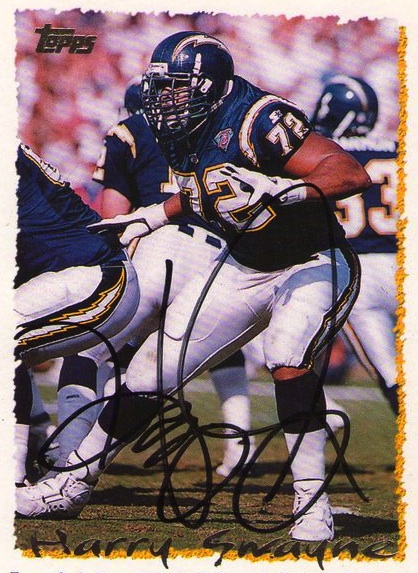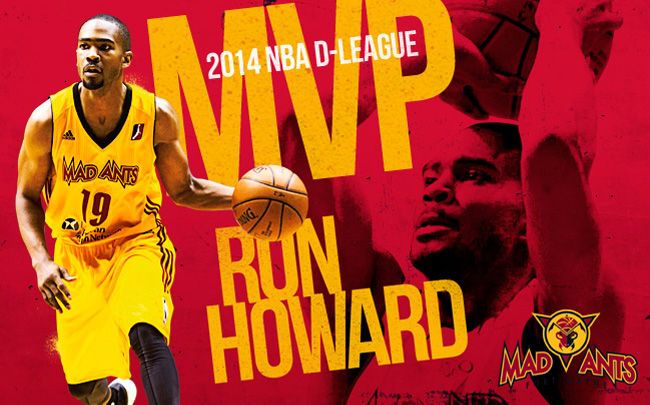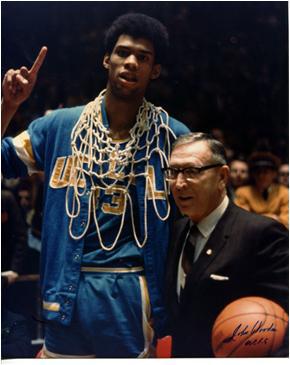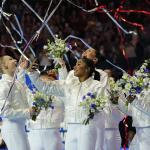The Baltimore Ravens have been playing some really, really wild football games in recent weeks, a few with endings that several commentators have been tempted to call “miraculous.”
Sort of like that playoff game last year in frozen Mile-High Stadium in Denver (sorry, about that M.Z. Hemingway).
Anyway, head coach John Harbaugh was asked, in a recent press conference, to name the X factor behind his team. Here’s how ESPN.com reported the response:
“The thing I love about our football team is that we are a team of faith,” coach John Harbaugh said. “We believe. We trust. Because of that, we’ll fight. We will run the race right down to the end. That’s something that our football team does. I’m very proud of them for that.”
There are times when special moments define special teams, just like the times when the Ravens converted the fourth-and-29 in San Diego and delivered the Mile High Miracle last season. These Ravens are building quite a portfolio of “never say never” moments.
Two weeks ago, the Ravens beat the Pittsburgh Steelers, 22-20, by stopping a two-point conversion with 1:03 remaining. Last week, the Ravens outlasted the Minnesota Vikings, 29-26, by scoring three touchdowns in the final 2:05, including the winning 9-yard touchdown pass to Marlon Brown with 4 seconds left.
OK, you probably didn’t need all of those gridiron details, but I thought they were relevant.
Here in Charm City, the newspaper that lands in my front yard eventually printed that quotation, like this:
“We’re playing our best football right now and we’re going to have to continue to improve with what we have in front of us down the stretch,” Ravens coach John Harbaugh said. “You look at our football team and the thing I love about our football team is that we are a team of faith. We believe. We trust. Because of that, we’ll fight. We will run the race right down to the end, that’s something that our football team does. I’m very proud of them for that.”
Now, that faith language is rather generic sports talk, methinks. What struck me was a football coach using that interesting language connecting this faith factor to finishing a “race,” as opposed to a football game.
That sounded rather familiar, coming from the organizer (or endorser) of the weekly Ravens Bible studies.


